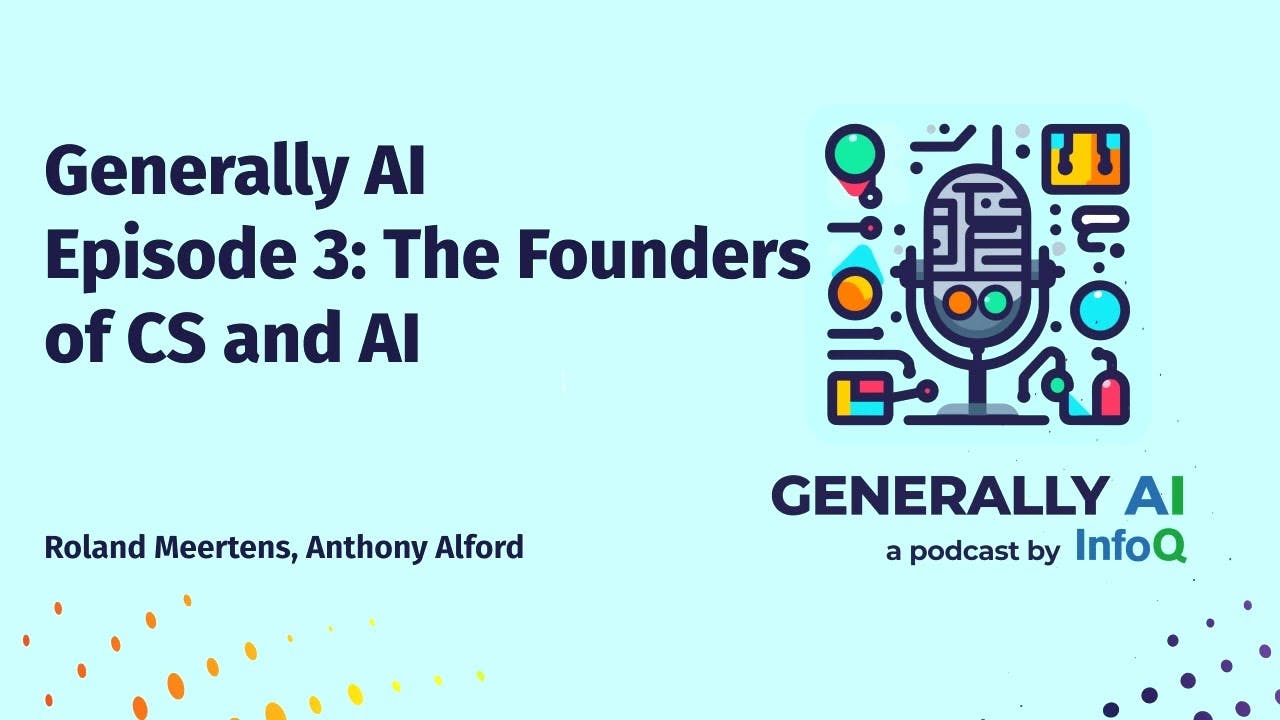Generally AI Episode 3: The Founders of CS and AI
()

Charles Babbage and Early Computers
- Charles Babbage invented mechanical computers called the Difference Engine and the Analytical Engine, which were used for various calculations in different professions.
Alan Turing and the Foundations of Computing
- Alan Turing developed the Turing machine in 1936, which is the foundation of modern computers.
- Turing machines operate on an infinite tape, reading and writing symbols based on their internal states.
- Turing completeness refers to a system's ability to simulate a Turing machine.
- Turing equivalence is the concept of having the same computational power as a Turing machine.
- The Turing test, proposed by Alan Turing in 1950, aims to determine if machines can think.
World War II and Code-Breaking
- Alan Turing worked during World War II at Bletchley Park, cracking German codes encrypted using the Enigma machine.
- J.R.R. Tolkien, the author of Lord of the Rings, was one of the linguists working with Turing at Bletchley Park.
- The code-breaking machine at Bletchley Park, known as the Bombe, would brute-force all possible combinations to find the correct key for encrypted messages.
- During World War II, the US military used Native Americans as "code talkers" to send unbreakable messages in their native language.
Claude Shannon and Information Theory
- Claude Shannon, another famous programmer, has parallels in his career with Alan Turing, including their birthdates, university attendance, and contributions to cryptography and AI.
- Shannon's work on information theory in the 1940s laid the foundation for modern communication systems.
- Shannon's Master's thesis demonstrated the application of Boolean algebra to electrical circuits, simplifying the design of switching circuits.
- Shannon later invented information theory, formalizing the concept of the bit as the unit of information and introducing the idea of entropy as a measure of information content.
- Shannon also made contributions to cryptography, proving properties of one-time pads and collaborating with Alan Turing during World War II.
- Shannon introduced the concept of cross-entropy, which measures the amount of information in a message based on its probability of occurrence.